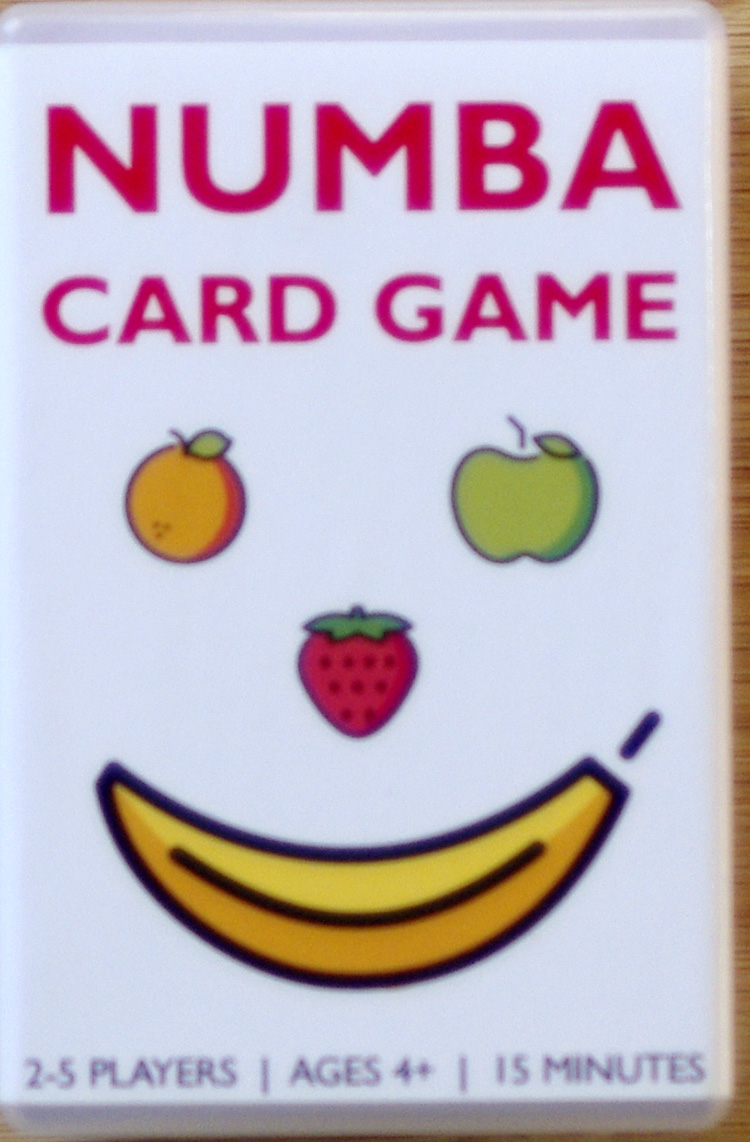The Chameleon is a game that is part word game and part who done it—two of our absolute favorite types of games. You know the types—Scattergories, Outburst, Codenames.
We recently played this at a family gathering and we had so much fun that we have no idea who won. We just played until our sides hurt from laughing and it was way past bedtime.
In this post we’ll tell you The Chameleon rules, how to play, what we liked, what we didn’t like and if we think it belongs on your Family Game Shelf.
This post may contain affiliate links. I receive a small commission at no cost to you when you make a purchase using my link.
The Object of The Chameleon
There are two objects of the game and they depend on who you are in the game.
First, the regular players (the non-Chameleon) are trying to say a word that describes the secret word but without being so obvious so to give away the secret. Next, these players are trying to listen to everyone else’s word and figure out who is bluffing and is the Chameleon.
Second, there is one player who is the Chameleon. This player’s mission is to first blend in by saying a word that fits in with the ones the other players are saying. The second thing that the Chameleon is trying to do is to figure out the secret word based on the words that the other players are saying.
Setting Up The Chameleon
To start, the cards are shuffled and dealt out face down. There should only be the same number of cards as there are players—one card being the Chameleon card.
Players can now look at their card and see if they are the Chameleon. If they are the Chameleon, their card says so. On the other hand, if they are a regular player they get a code card.

Playing The Chameleon
Next, the dealer flips over the topic card. She also rolls the two dice. The two dice tell you what the secret code is to the secret word.
This is done by looking at the yellow square dice number at the top of the code card and then finding the blue triangle number on the side. This line up will give you a code like A3 that you will then use on the topic card.
Once you have the code from the code card, take the code and use it on the topic card. So if it code was A3 you look in column A and the third word down on the topic card.
This sounds much harder than it is. It will take a turn or two to get it working smoothly. Although a bit complicated, I do believe it is the best way to make sure that the secret word stays a secret.

The Chameleon at this stage has no way of knowing what the word is and should play along like they do, looking at all the words on the topic card.
Once all the players are ready with their word (and it’s best to have two words in mind in case someone else says your word first) it’s time to go around the table and have everyone one at a time say their word.
This is where the fun tricky part is. Your word should be obvious to the other regular players but not so obvious that the Chameleon can guess the word. On the other hand, if your word is too cryptic you might get suspected.
Debating
Once everyone has said their word, players now can poke holes in each other’s words. The Chameleon can throw suspicion on someone else to make it seem like they are not the Chameleon.
Unmasking
After a few minutes of debate, it’s time to vote. This is done by someone saying that it is time to vote. Now all players point to the player that they believe is the Chameleon.
Winning Chameleon
The player with the most votes turns over their card. If the card is a code card than the Chameleon has escaped and has won.
If the player with the most votes does have the Chameleon card he is caught but the game it not over yet. He has one chance to guess the secret word. If he is successful in guessing then he escapes and wins.
On the other hand, if the players find the Chameleon and he can’t guess the word, they win.
Variations
3 Players
When you have only three players, you can easy change the rules so that the Chameleon, if caught, has two chances to guess the word.
7 to 8 Players
When you have more players, the rule change is that the topic card is flipped over once the debating stage has started, making it harder for the Chameleon to guess the word.
Points
When you really need to know who the winner of the game is, you can play for points.
When the Chameleon goes undetected he gets two points and the other players get no points.
On the other hand, if he is caught but guesses the word correctly, he gets one point and everyone else gets no points.
And if he gets caught and doesn’t guess the word correctly, then he gets no points and everyone else gets two points.
The first player to get 5 points is the winner.
What We Liked
First, we liked that there is a lot of playability in this game. There are two sets of player cards to keep the game fresh and keep the code a secret. There are also a lot of topic cards. And if that wasn’t enough, the game comes with a dry erase board for you to create your own topic card.

Next, we liked the quality of the game. Everything is sturdy and will last for a lot of plays.
Last, we love the creativity that this game brings to the table. Even when there were topics that not all of us knew all the answers to there was almost always a word you could come up with.
The flexibility of Chameleon is another thing that we like. If you need to sit out a round (have to go to the bathroom, take a call or anything else you deem necessary) it’s not a big deal. You just sit out that one round and can come right back in the next round.
Last, this game is so much fun that you don’t even need to be a player to enjoy it. There was on night of playing that we had too many players so I acted like the dealer the whole night and I laughed the whole night and felt included too.
What We Didn’t Like
Despite the need for the complicated coding system, we did find it a little hard to keep straight. Once or twice while playing with a large group, someone would mistake the secret word. This created confusion (that always ended in laughs). We also had to stop a few times to go over the system again to get it straight.
Last, when we played just the four of us, it wasn’t as much fun as it was in the bigger group. Maybe it’s because we know each other very well or it might be that it is just easier with less people. Either way, it was better with more people.
Should you Make Room for The Chameleon on your Family Game Shelf?
If you love figuring out puzzles and love word games then The Chameleon is a must to play! The game might be harder for younger players but it is simple enough to play and there are a lot of topic cards that you could skip a topic that kids don’t know so well. Overall, we would highly recommend making room for The Chameleon.
To add The Chameleon to your collection, shop here. Canadians can shop The Chameleon here.

And if you’re looking for more fun party games check out Who Did It (a twist on Clue that one of us likes better than Clue), Man Bites Dog, and Saboteur. Also be sure to check out our Family Game Shelf Shop where you’ll find the party favorites Seasonal Codenames, 5 Seconds and the Outburst-like game Word Explosion for a variety of holidays and occasions.
Rating:

Joel:

Julia:

Carrie-Anne:






Be the first to reply